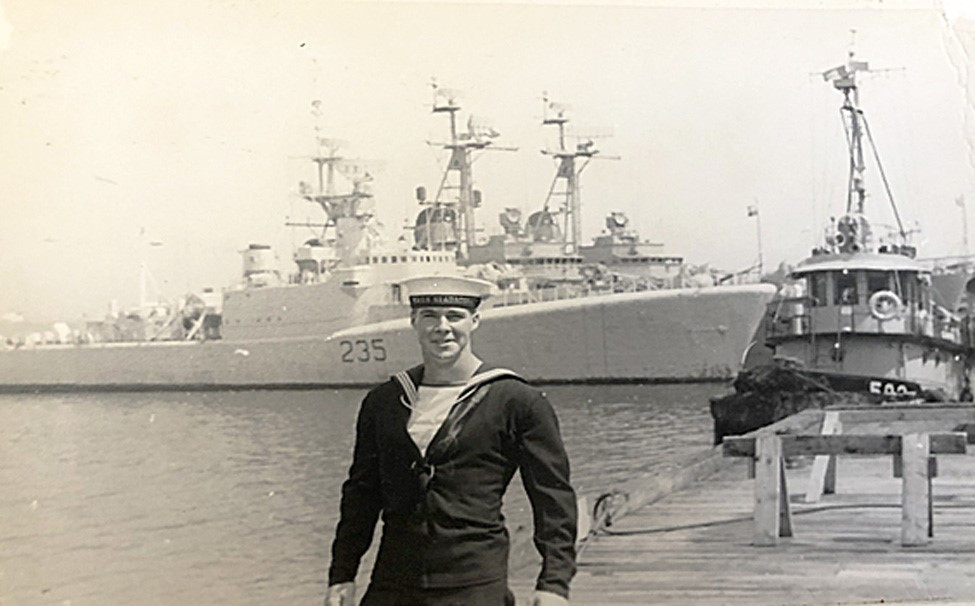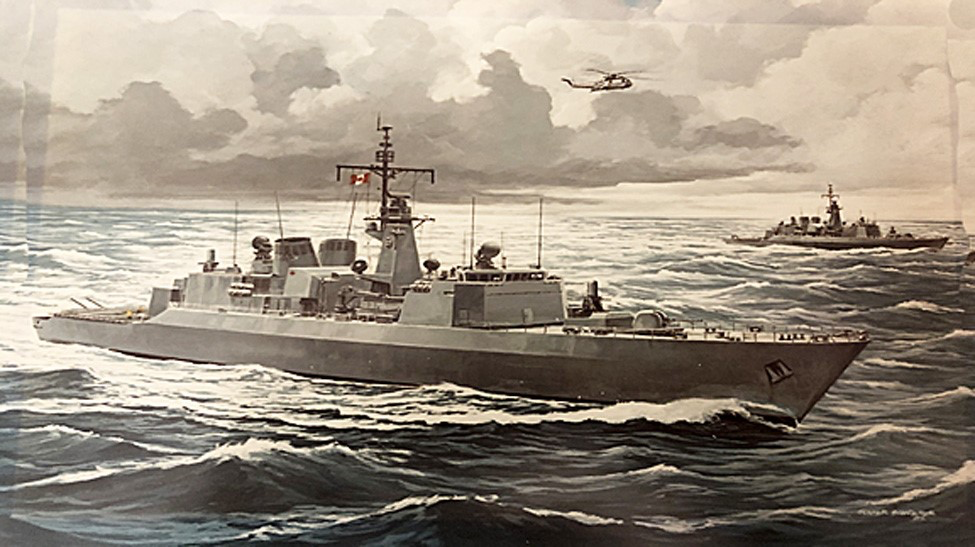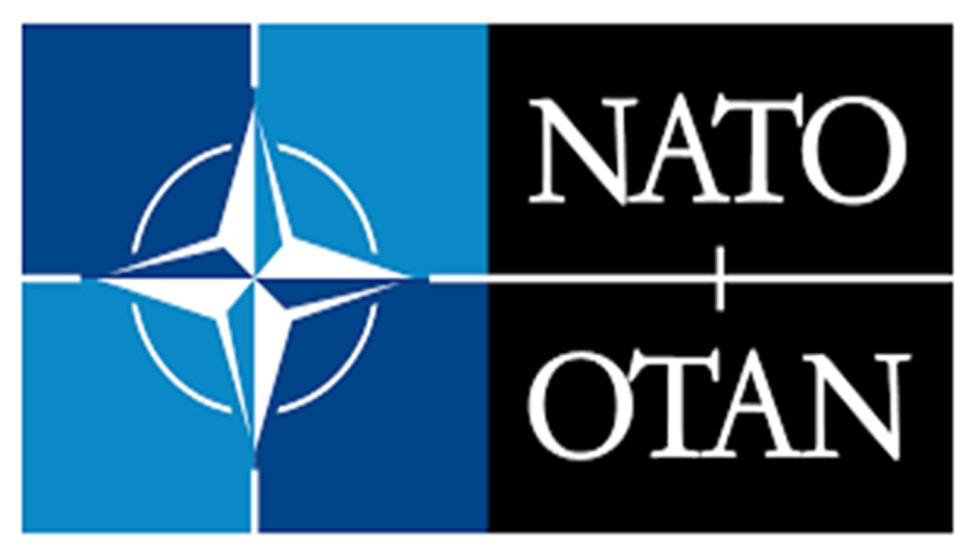My Naval Career
Presentation by Capt. Peter Milsom. Article by Pat Earl, photos Captain Milsom. March, 2019.
On the first day of spring, the RTHS met at the North Gower Anglican Church and welcomed Captain Peter Milsom as speaker. Capt. Milsom's topic was Life in Canada's Cold War Navy.
Beginning his talk with an overview of his naval service, Capt. Milsom told us he had served for thirty-two years including time aboard seven ships: HMCS Scotian, HMCS Cornwallis, HMCS Stadacona, HMCS Buckingham, HMCS Skeena, HMCS Huron, and experienced the sad event of seeing the official end of HMCS Saguenay as it was sunk to create a reef for a fish habitat.
In the mid sixties, he took courses in Manitoba, learning to fly and there received his Pilots Wings. Later, back in Nova Scotia, he learned to fly naval helicopters and was part of a global demonstration showing that small ships could carry heavy helicopters.
One of Capt. Milsom's proudest moments was when he was appointed the first Naval Commandant, Canadian Forces School of Administration and Logistics in Camp Borden. He retired from Naval Service in 1991 and joined National Defence as a civilian executive.
Capt. Milsom moved on to talk about the Cold War. The Cold War, 1949-1991, was a time of tension between the United States / West Block and Russia /East Block Because this conflict involved nuclear arms, neither side could afford to attack the other and therefore the name Cold War. This was a dangerous time in history and especially for the navy as western ships were constantly shadowed by Russian ships.
These were times of the Cuban crisis, the Vietnam war, trouble in Afghanistan, Olympic and hockey battlegrounds. Canada pulled its weight during this time of world tension. Louis St Laurent was one of the architects of NATO and during the 50s and 60s, Canada took part in all NATO and peace keeping missions.
Our navy was sharing the sea with seven other navies, some not well trained in manoeuvres especially at night. Many men were lost at sea during this trying time. Finally with the fall of the Berlin Wall, the reuniting of Germany, and in 1991 the end of the Soviet Union, the Cold War came to an end.
Capt. Milsom shared several other interesting experiences of his long 56 year career, showing overhead photos as he talked.
At the end of the evening when asked questions, he gave his view on unification and integration of the armed forces. Integration, he said, was a good thing because it joined together specialized units such as medical and procurement teams and saved some money. However, unification was bad as it took away the pride of being special, of team work, making all look alike. Many left the service at that time.
Today, things are back to three services -air, army and navy. This is all about the people and in closing his words say it all: The navy is not a career - it is a way of life!



